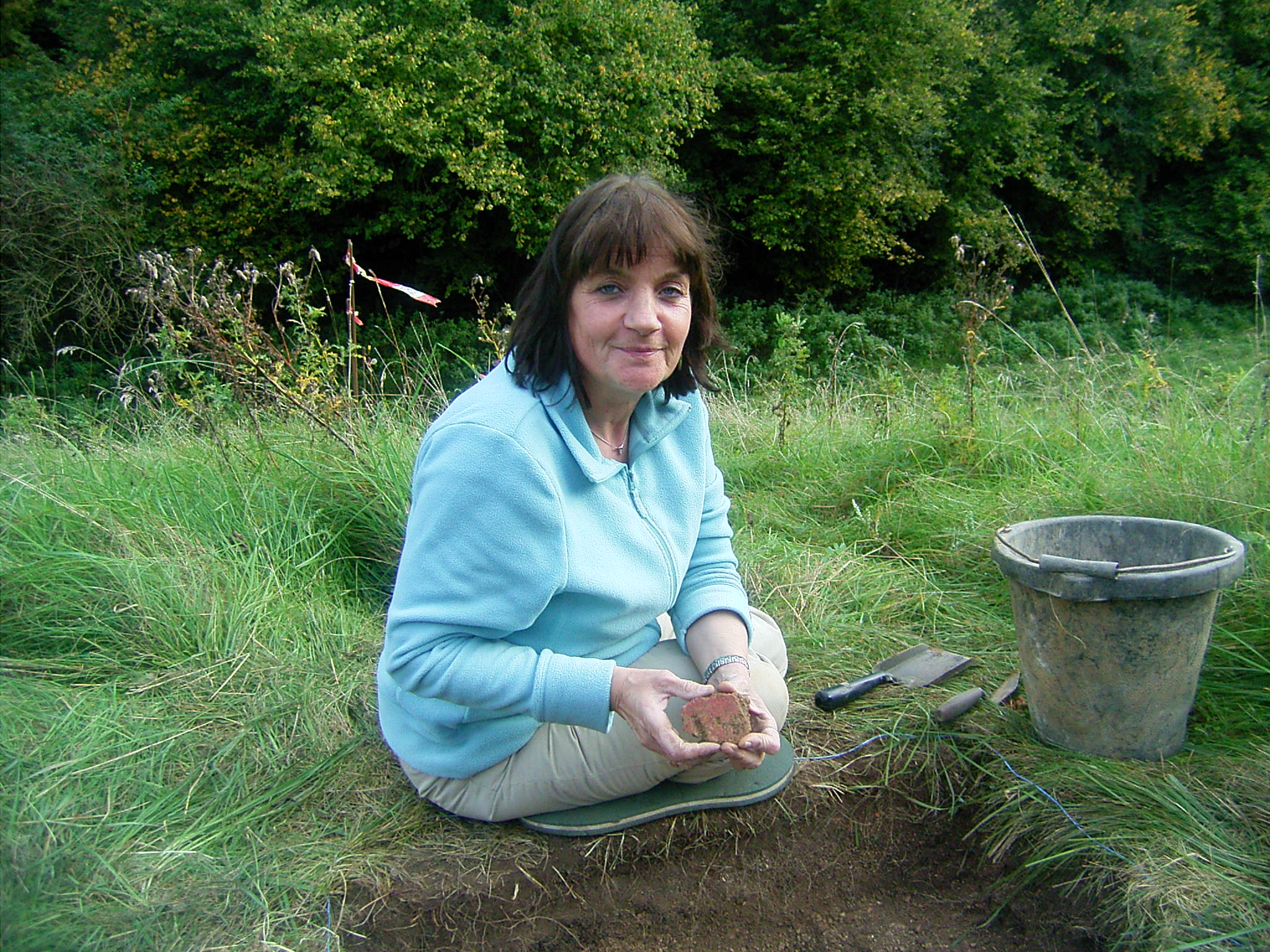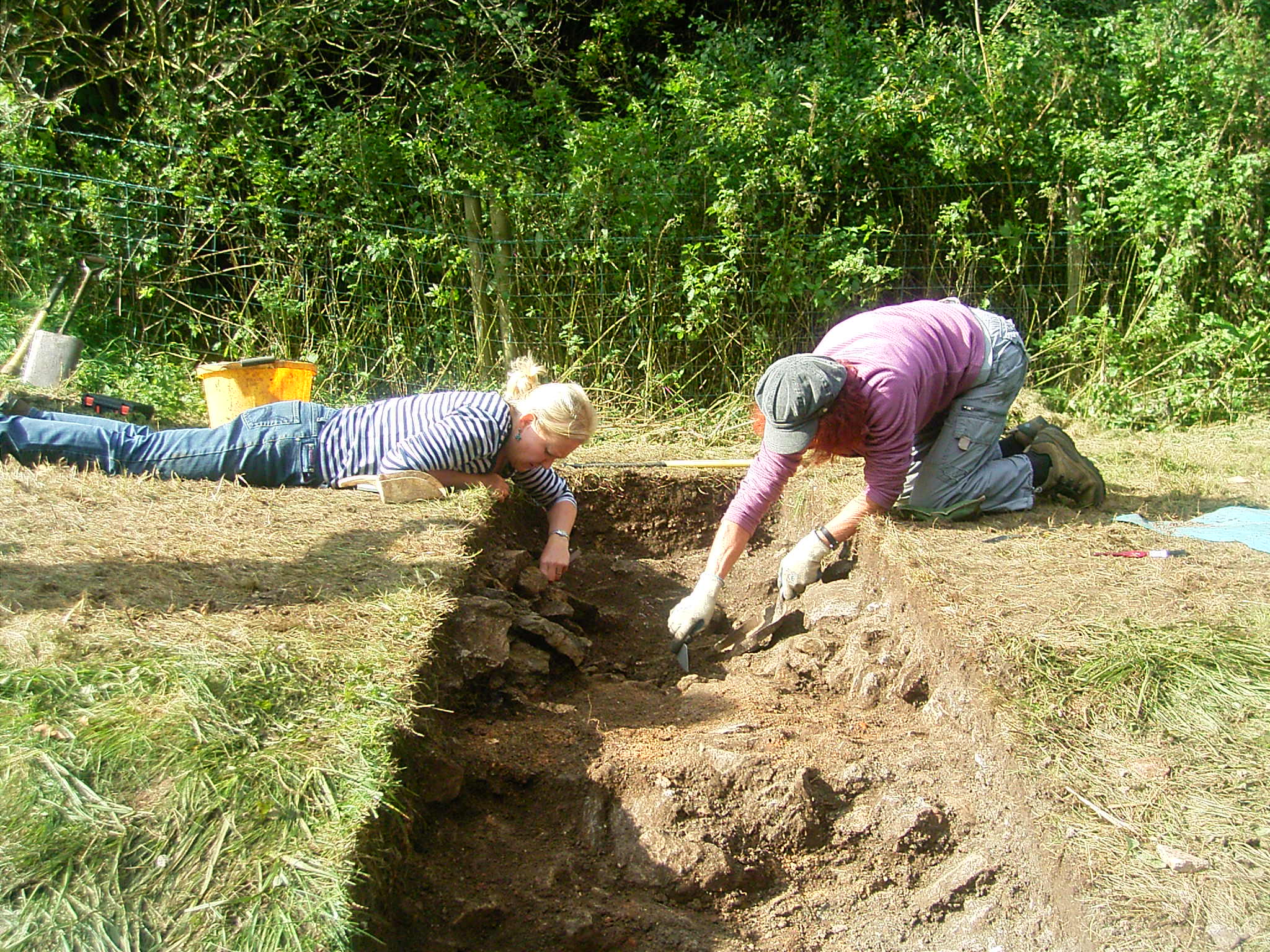The trees are just beginning to change colour at Truckle Hill and it is the perfect setting for an excavation. This year nearly 40 volunteers have signed up to help investigate a Roman bath-house near the site of a villa discovered in the 19th century, close to the Wiltshire village of North Wraxall.
Work began here last year when English Heritage, Wiltshire County Council and Wessex Archaeology funded a community excavation to find out as much as possible about the building and to conserve it for the future.
Although we will only be here for a fortnight this time, most of last year's volunteers and many new ones have signed up to help. I visited the site at the end of the first week, on a lovely, autumn day, to find eight volunteers hard at work.
The first trench has been cut at right angles to the outside wall at the rear of the building, to locate the flue which would have fed hot air into the caldarium (hot room). After digging through quantities of sand, a small square was visible in the wall. Too small to be the flue, it looks at the moment like a putlog - a hole for securing scaffolding.
Inside the caldarium the curved wall was being exposed along with the base of an arch which once spanned that end of the room. One tessera gave a clue as to the floor surface, a suggestion borne out by finds from a trench further down the slope. Here, amongst the rubble of the fallen building were more tesserae and intriguing fragments of painted wall plaster.

Some 100m away from the bath-house, also on the side of the valley, is an area of raised ground. It wasn't clear from an earlier geophysical survey whether this was a pile of rubble or something more interesting. Excavation has uncovered what looks like a collapsed wall here, but whether it's part of a boundary, a building or perhaps a water cistern we have yet to find out.

Find out more about the Roman bath house at Truckle Hill.